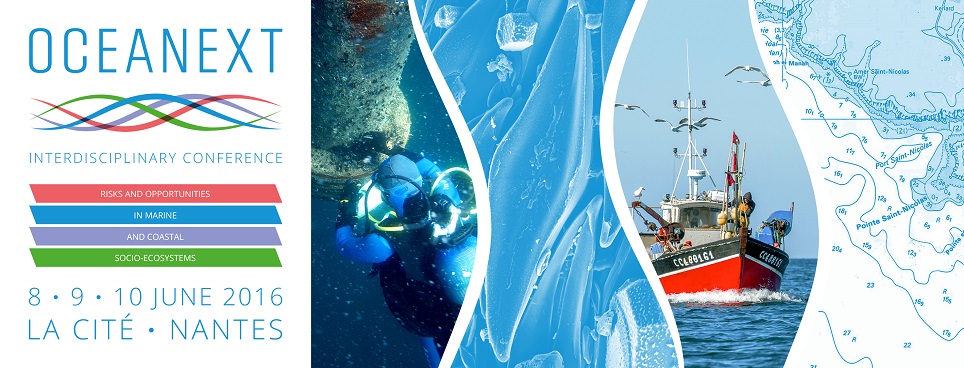Some species of brown algae belonging to the family Sargassaceae are plentiful on the coasts of temperate and tropical environments and their proliferation is hardly to be mastered still nowadays. It raises environmental problems with regard to the native biodiversity and to the grounding of these seaweeds on beaches, hampering several economic activities. One way of fight against these seaweeds is the collection then the valuation of these seaweeds, which produce potentially active substances.
The study aims at understanding the effect of the seasonality and the geographical localization on the biochemical composition of the introduced brown macroalga Sargassum muticum in order to mastering the ways of valuation. The evolution of the biochemical composition of seaweeds is followed by biochemical assays and by Infra-Red spectrometry analysis.
IR spectroscopy is a non-invasive technique which allows characterizing biochemically a raw biological sample, according to the signals registered for the main chemical functions present within the analyzed matrix. This simple and fast technique constitutes an alternative to the biochemical assays that are sometimes long and too complex, at the condition to identify correctly the molecules contributing to the bands of vibration constituting these IR spectra.
We so collected every month during two years the samples of macroalgae on various sites in South Brittany. Analyses by IR spectrometry were performed on freeze-drying samples of seaweeds. The multivariate analysis of the data suggests that relations exist between environmental parameters (sunshine durations, temperatures, exposure of the site) and the biochemical composition of the samples.
- Autre

 PDF version
PDF version

